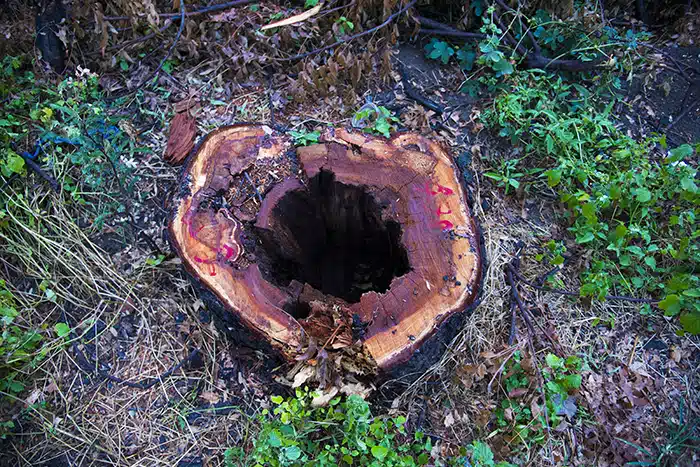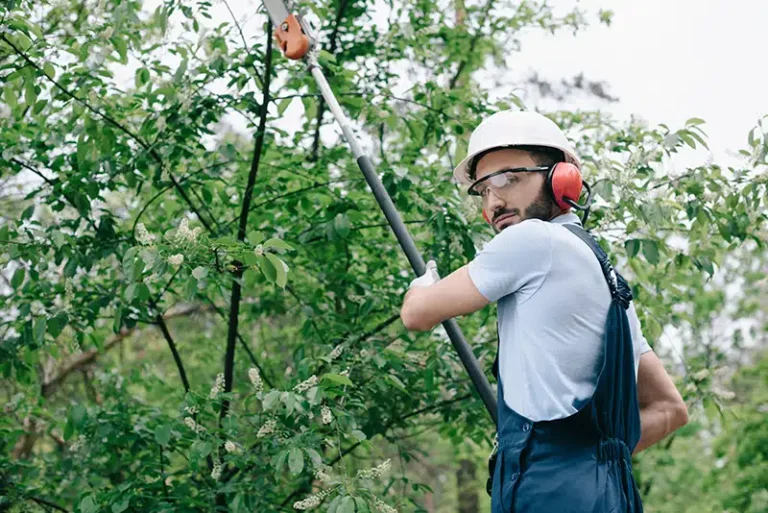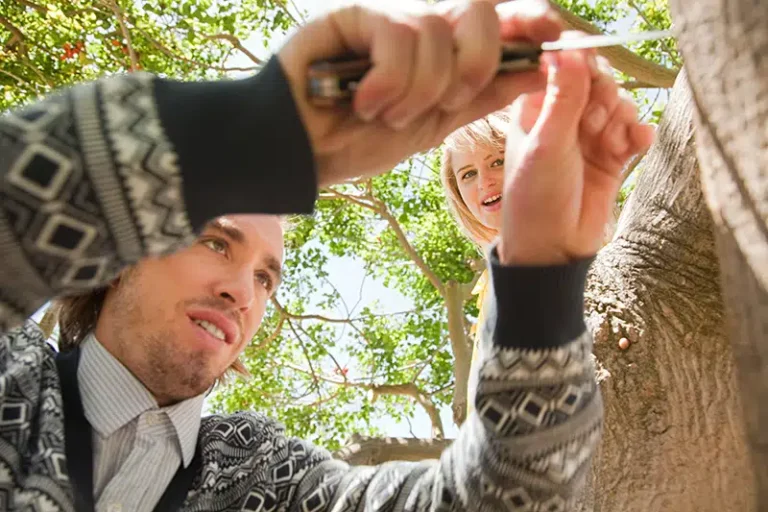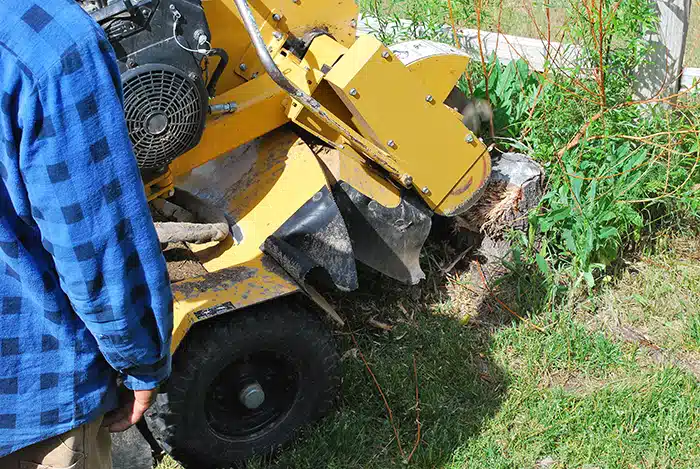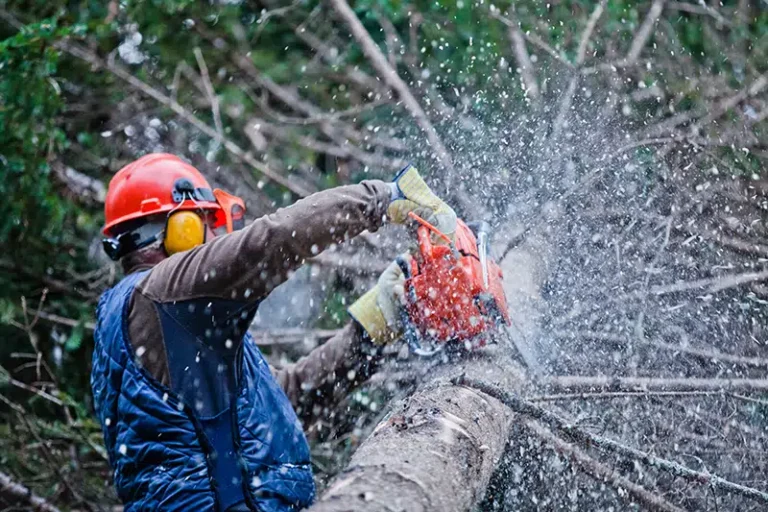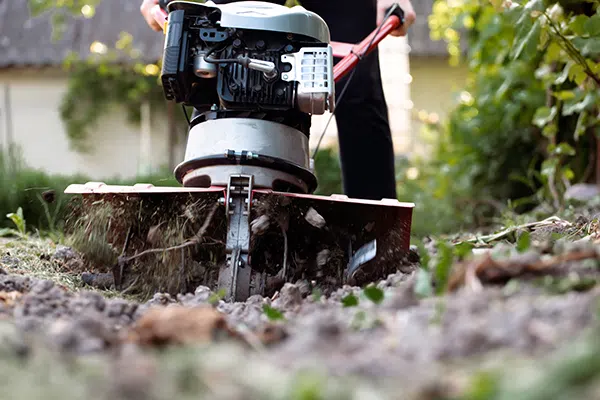Why is Pruning Young Trees Different from Pruning Mature Ones?
Pruning is a vital part of tree care, but how you prune a tree greatly depends on its age. While the goal of pruning is to improve tree structure, health, and appearance, the approach for young trees differs significantly from that for mature ones.
Understanding this distinction is crucial if you want your trees to thrive for decades. Young trees are in their developmental stage, where pruning helps shape their future structure and prevent long-term issues.
Mature trees, on the other hand, require more careful handling to maintain health and reduce risk. Knowing how and when to prune each type can lead to safer, healthier trees and a better-looking landscape.
The Purpose of Pruning Differs
The goals of pruning young versus mature trees are not the same. Young trees are shaped and trained early, while mature trees are maintained and protected.
- Young trees are pruned to establish a strong central leader and ideal branch spacing
- Helps young trees develop a sturdy framework to support future growth
- Mature trees are pruned to remove dead, damaged, or hazardous limbs
- Maintenance pruning on older trees helps manage size and prevent risk
While young tree pruning is proactive and formative, mature tree pruning is often corrective and preservative.
Pruning Frequency and Intensity Vary
Young trees can tolerate and even benefit from more frequent and aggressive pruning. Mature trees, however, need lighter, less frequent cuts to avoid stress.
- Young trees can be pruned annually during their first few years
- Regular shaping early reduces the need for major cuts later in life
- Mature trees should only have up to 25% of their canopy removed at once
- Over-pruning older trees can lead to shock, decay, or pest issues
Proper pruning timing and moderation are key to long-term tree health, especially with older specimens.
Risk Management Is Greater With Mature Trees
Working on mature trees often involves safety concerns due to their size and height. Damage from incorrect pruning is also more severe in older trees.
- Mature tree branches are heavier and more dangerous to remove without proper gear
- Poor pruning cuts in older trees can invite decay, disease, or limb failure
- Pruning mature trees near power lines or buildings may require professional help
- Young trees are easier and safer to prune without specialized equipment
Mature tree pruning is best left to certified arborists to ensure both safety and proper technique.
The Healing Process Is Slower in Older Trees
One of the biggest differences between young and mature trees is how quickly they heal from pruning wounds.
- Young trees compartmentalize and seal pruning wounds faster
- Early corrective cuts on young trees result in less stress and quicker recovery
- Mature trees have a slower healing process and are more vulnerable to infection
- Large pruning wounds in older trees may not fully close, leaving them exposed
That’s why it’s important to make clean cuts and avoid unnecessary trimming on mature trees.
Tree Structure and Growth Patterns Change Over Time
Young trees are still developing their overall shape and structure, while mature trees have an established form that should be preserved rather than reshaped.
- Pruning young trees helps guide proper trunk development and limb spacing
- Reduces the risk of future structural issues like weak branch unions
- Mature trees have limited capacity for structural changes without harm
- Excessive shaping of mature trees can unbalance the canopy and cause stress
Pruning young trees with the future in mind prevents major structural problems as the tree matures.
Pruning young trees and pruning mature ones may share some tools and techniques, but the approach, goals, and results are very different. Young trees benefit from formative shaping that sets them up for long-term health and stability, while mature trees require careful maintenance to reduce risk and preserve strength.
Recognizing these differences helps you care for your trees more effectively—whether you’re nurturing a sapling or maintaining a majestic shade tree. Always consult a tree care professional to determine the right pruning plan for your trees at every stage of life.


